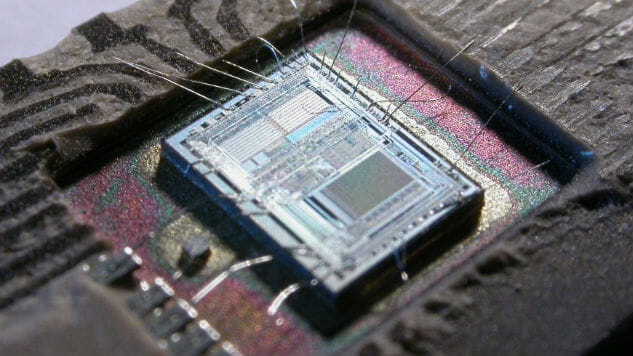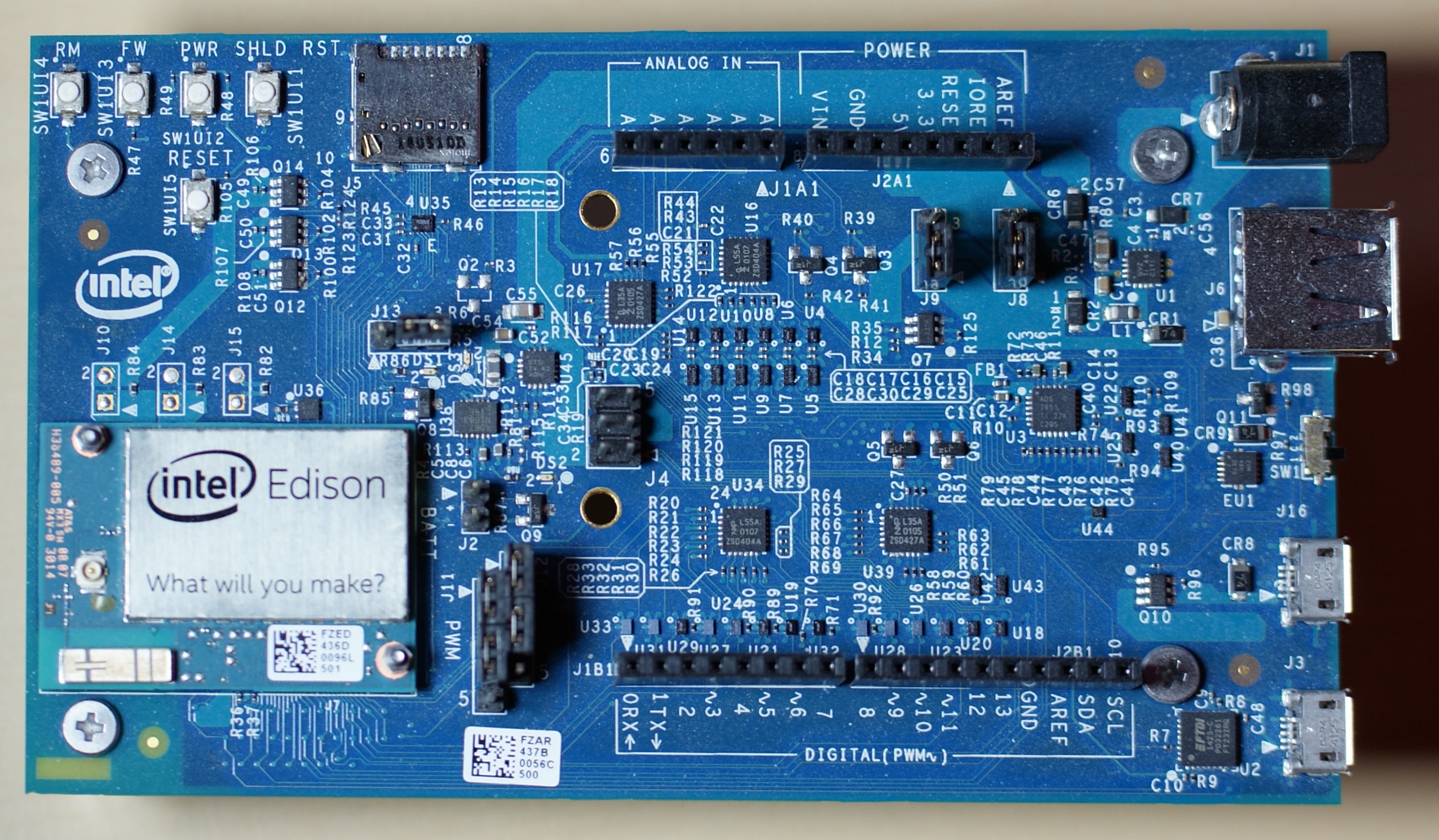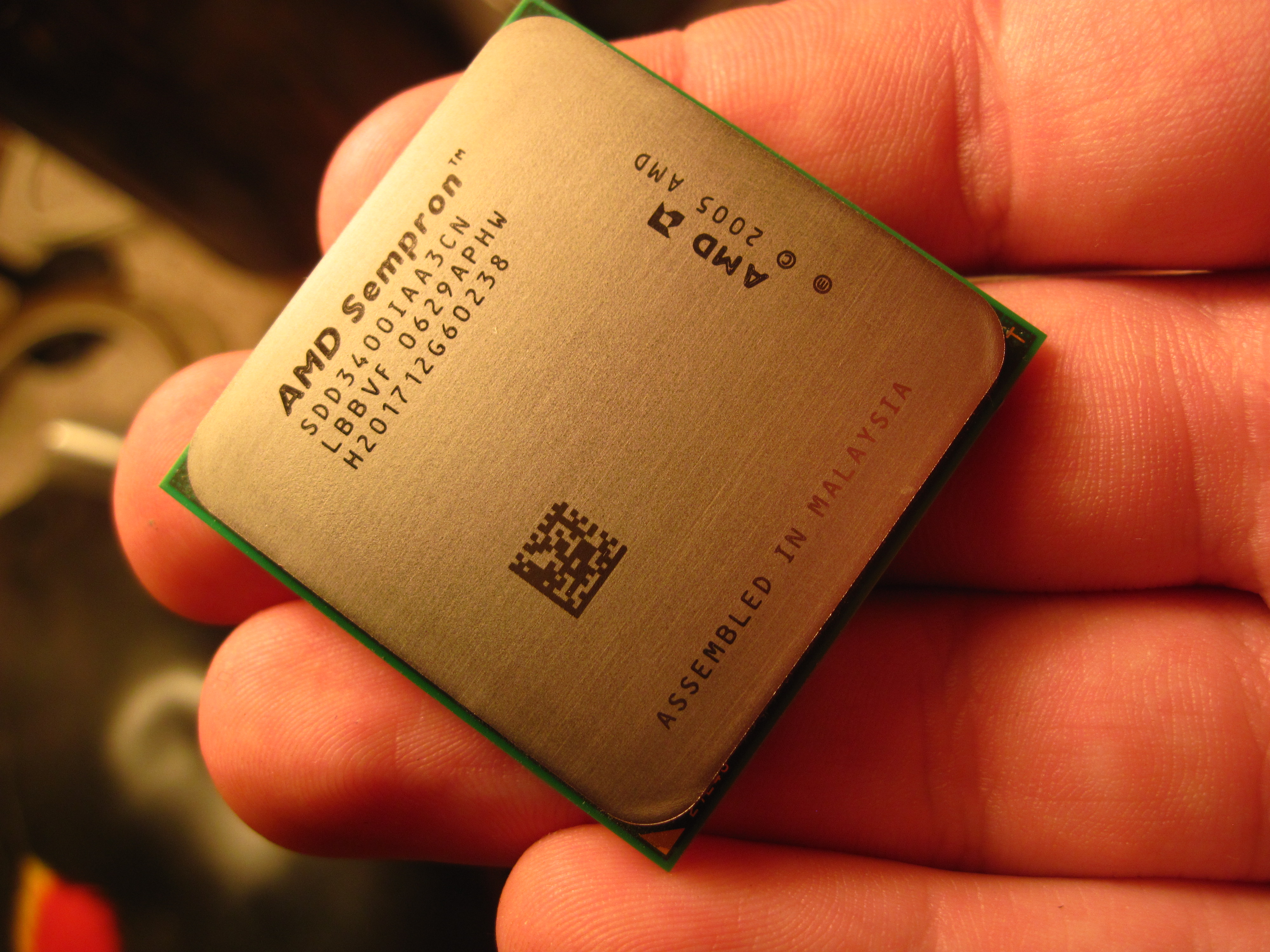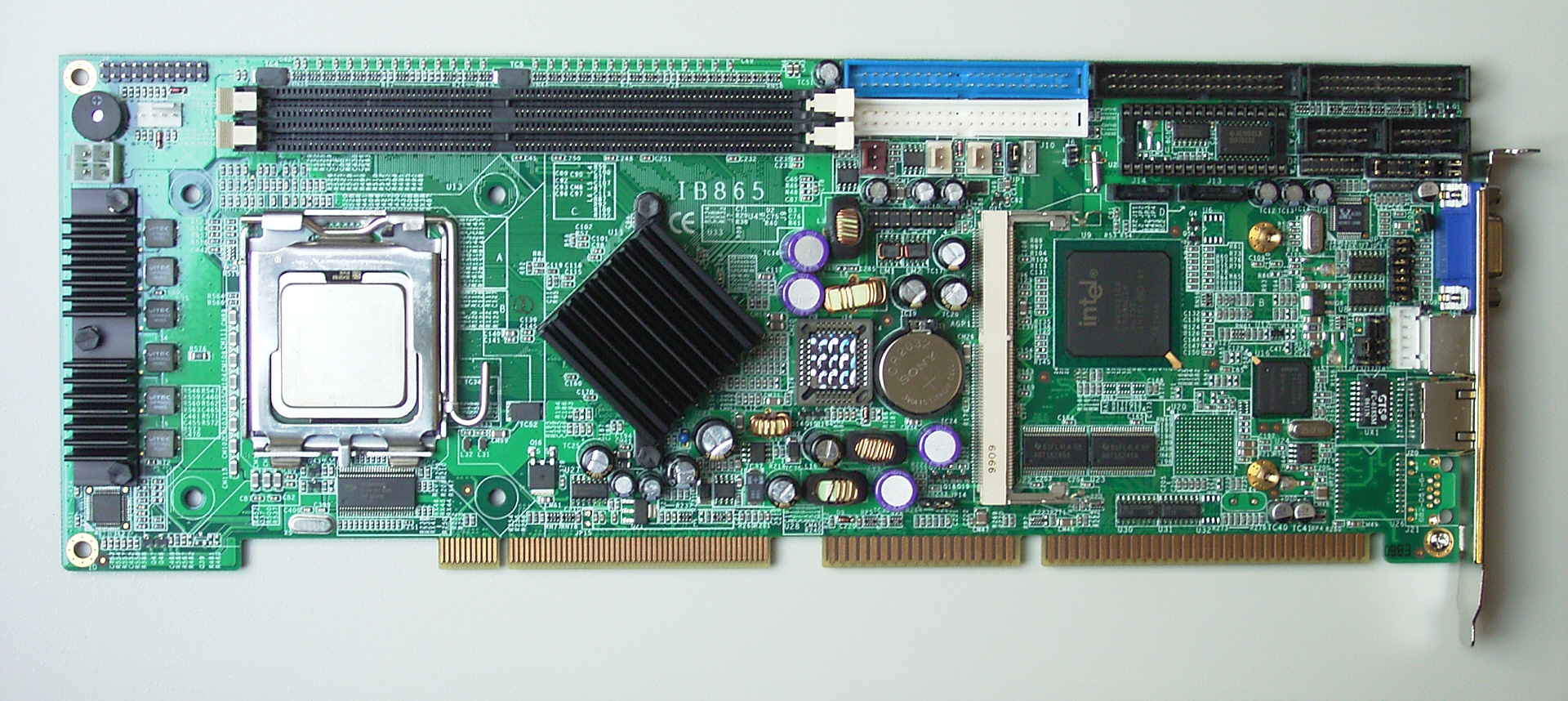
Intel and AMD are the central competitors in the world of Central Processing Units (CPUs). Why is this so important? Pretty simple: when buying a computer, the choice of CPU can have a massive impact on the overall performance of your machine. However, it can be confusing when choosing which of these companies makes the best product for an individual’s particular situation.
The CPU could be thought of as the “brain” of the computer. It might also be compared to “an orchestra leader,” because of the way that it “directs” instructions to the rest of the system. The CPU makes calculations that can decide the “usefulness” the other components of the computer. The CPU is a fixed component. Things like RAM and hard disk storage can be upgraded in many cases, but the type of CPU (AMD or Intel) will be stuck for the life of the computer system. This means that CPU selection could turn out to be a very important commitment.
Passionate personal computer connoisseurs and tech enthusiasts get into very serious debates about which CPU is the best choice and these debates can get hotter than a laptop Netflix marathon on a cloth surface. So let’s take a detailed look into what makes this rivalry so important and why it’s not as simple as some may think.
A Rivalry Going Back Nearly 50 Years
Both AMD and Intel have been around for decades—however, Intel is slightly older. Bob Noyce and Gordon Moore founded the company back in 1968—though it wasn’t until 1974 that Intel made the 8080 processor. This set the basic scene for the x86 processors and for nearly 30 years, these processors were the foundation of desktop PCs.
Renaming the x86 brand as “Pentium” helped Intel reach out and become a familiar name to the general population and acquire the market domination that they have to date. For years, Intel continued to make solid decisions emphasizing computing powers balanced with long battery life. This helped them to be competitive.
AMD was founded in 1969 (just a year later than Intel), when co-founder Jerry Sanders was named as AMD’s first president and CEO. AMD established its headquarters in Sunnyvale, California. Now it’s important to make a couple of distinctions between AMD and Intel as companies. First off, AMD is by far the smaller of the two companies. Secondly, AMD doesn’t actually build their own chips they design the chips “but outsource the manufacturing.” Meanwhile, Intel has over a dozen fabrication plants stretched around the globe in the USA, Ireland, Israel and China.
Unless you’re new to the rivalry, you probably know that AMD has long been the “underdog” compared to the giant Intel. Mercury Research reported that, after hitting a high of 22 percent market share, AMD went down to hover at about 17 percent of the market. This share is often credited in part to their “custom 8-core AMD ‘Jaguar’ processors” being used in Xbox One and Playstation.
In 2006, the rivalry deepened when AMD acquired ATI, a Graphics Processing Unit (GPU) manufacturer. This allowed AMD to deliver “GPUs that live on the same chip as the CPU.” Although this was something Intel could already do with its chips, it was a big step forward for AMD. These “integrated graphic cards” may result in “less graphical horsepower,” but they have lower heat output and power draw. This is an excellent competitive force in a market of portable devices.
These days, it seems as if AMD may be making a play for significance in the VR market. It helps that they already have an edge in the gaming sector by powering the Xbox One, Sony PlayStation 4, and Nintendo Wii U. Their showing at Game Developers Conference put a heavy influence on their VR technology, showing off its “dual GPU Radeon Pro Duo” graphic card that is built from the ground up for virtual reality.
Hyperthreading vs. Overclocking

The Intel shines in their high end product. The most expensive models seem to outperform competitors in overall performance. This is especially important in software that involves extremely complicated calculations, Photoshop, or other more complex renderings.
In general, Intel’s CPUs draw less heat and have lower Thermal Design Point (TDP) ratings. Intel’s use of “hyperthreading” is given some credit for this. According to Intel, hyperthreading “uses processor resources more efficiently, enabling multiple threads to run on each core…it also increases processor throughput, improving overall performance on threaded software.”
Essentially, it keeps the cores that are in existence in an active mode. Instead of adding more cores, it makes more efficient use of the ones that are already there. This results in the ability to “Run demanding applications simultaneously while maintaining system responsiveness.”

AMD doesn’t do the whole hyperthreading thing. Instead, they put their focus on increasing the number of cores. This can cause some issues with heat dissipation and results in chips that run at higher temperatures. However, AMD CPUs have an extra way to increase their power through something called “overclocking.” The AMD generally overclocks with more reliability than the Intel processor and gives users a greater potential to precisely manipulate the devices according to their personal preferences.
Overclocking is an asset to some of the potential user base. According to AMD, that user base is “people that know what they are doing and are willing to bet their computer on it.” CPU manufacturers restrict performance to a certain level that will guarantee a longer life for the product. Overclocking involves manipulating the settings in a way that allows the user to get more performance out of the same CPU.
This creates some value because it could increase the performance of the processor. But overclocking risks causing damage to the machine, and should be undertaken with an awareness of the risks and responsibilities associated with tampering with the factory settings. The computer could overheat, or any number of other things could go wrong. You break it, you already bought it. Too late now.
Additionally, even if the CPU is technically at a faster clock speed, it might be assumed that all those cores are putting an extra heavy workload on the system. As a result, the same tasks might require more effort and render the increased clock speed as relatively unhelpful. Also, because the AMD has the whole multi-core system all in together, the overheating caused by overclocking is exacerbated.
Overheating can be more of an issue in laptop computers than in desktops. The tightly packed environment of a laptop doesn’t create an ideal environment for heat dissipation. The spacious desktop environment could provide more options for dealing with this sort of issue. The type of computer, laptop or desktop, could be a factor in deciding what kind of CPU to purchase.
A Final Comparison

AMD chips are also considered by some to be the bargain value. At an entry level, the price of an AMD can be lower than the price of a somewhat equivalently functional Intel CPU. AMD might be said to offer more cores for a lower price, but Intel’s hyperthreading could be another competitive factor on that front. Increasing functionality, without increasing the number of cores. However, not all operating systems support hyperthreading. Windows does, but alternative operating systems may not and this could undermine the added value of hyperthreading.
Another factor of comparison is the cache memory. Cache memory increases the efficiency of the processor. This is memory that the processor will access immediately and repeatedly and is much faster than standard RAM. Running at a refresh rate that’s closer to the processors actual clock speed, this memory reduces wasted cycles.
When Intel’s i7 2700K processor contains the same “8MB of L3-level cache memory” as the AMD Vision-based FX-8150 CPU, the Intel has more cache memory per core. The AMD has eight cores and the Intel only has four. So with the same total cache memory, it follows that the memory is more concentrated in the four cores and thus could work with more efficiency, because they “don’t have to transmit requested data to and from the hard drive nearly as often.”
According to a helpful hierarchy table that illustrates CPUs ranked by general performance possibility, Intel generally stands alone in the “highest performing” rank. But that comes with a matching high pricetag. In other words, if money is not the most important factor for a buyer, Intel could be a real winning choice.
Intel might seem to hold the rank for pure CPU performance, but this may not be the only factor in a users purchase decision. It remains to be seen just how much that increased level of performance will actually affect the general user experience. Comparison in actual, noticeable, performance quality using standard games can illuminate some of this decision.
For example, in a Grand Theft Auto V “gaming performance showdown” using AMD’s FX-8370 and Intel’s Core i7 5960X, the Intel chip outpaced the AMD by ” between 10-11% at stock and while overclocked.” This is a comparatively small value for a great price difference. Although this could vary based on your perspective.
The test goes into detail about the small differences. They seem to conclude that the overall difference between the two CPUS, at least as far as basic gameplay goes, is comparatively small and “you can expect roughly the same experience with a modern AMD processor as you can from an Intel.”
In the end, it’s a matter of personal choice—as many things are in heated rivalries. The Intel CPU brings some real qualities to the table—and if raw performance is what you’re after then Intel might be the choice, especially if you work with demanding advanced calculation-based software. If price is an issue, the AMD chips still perform at a respectable level in your price bracket, while letting you play all the games you enjoy.
One thing is for sure, we owe the massive increases in power, efficiency, and affordability to the heated rivalry between AMD and Intel. Here’s to fifty more years.